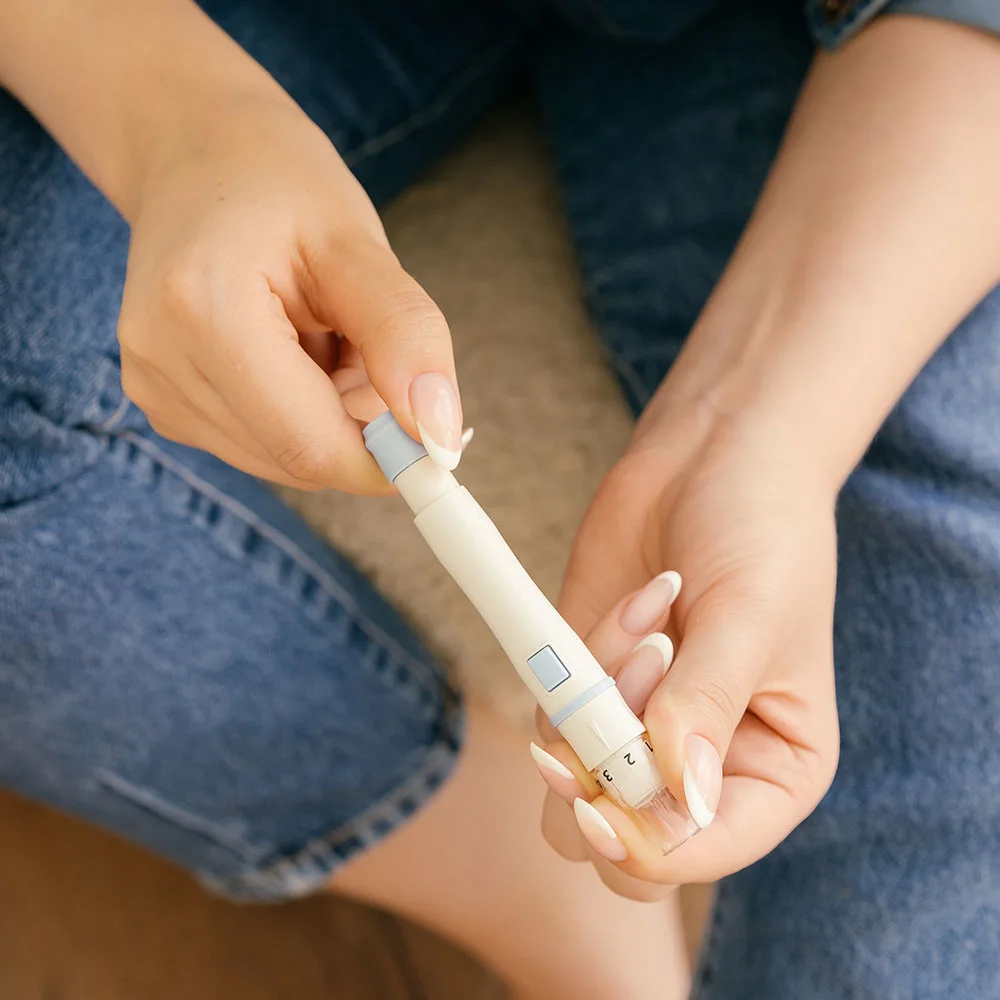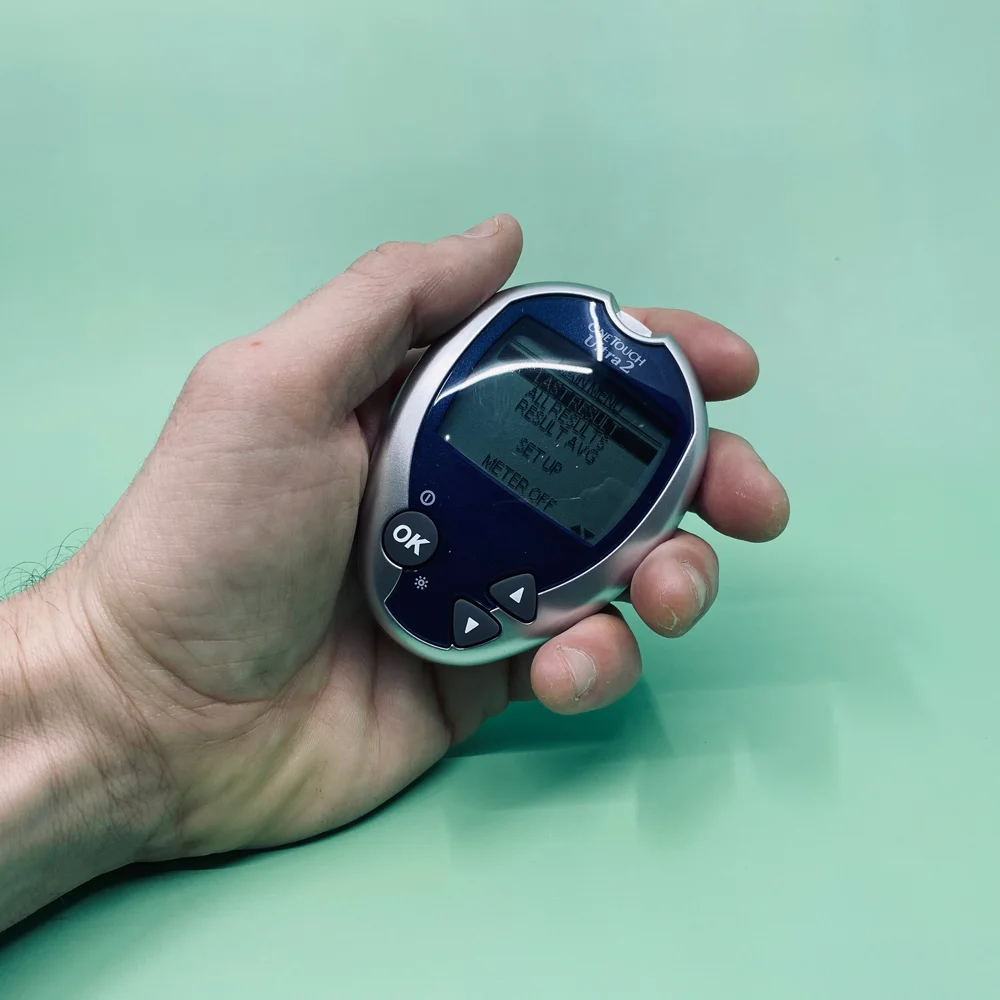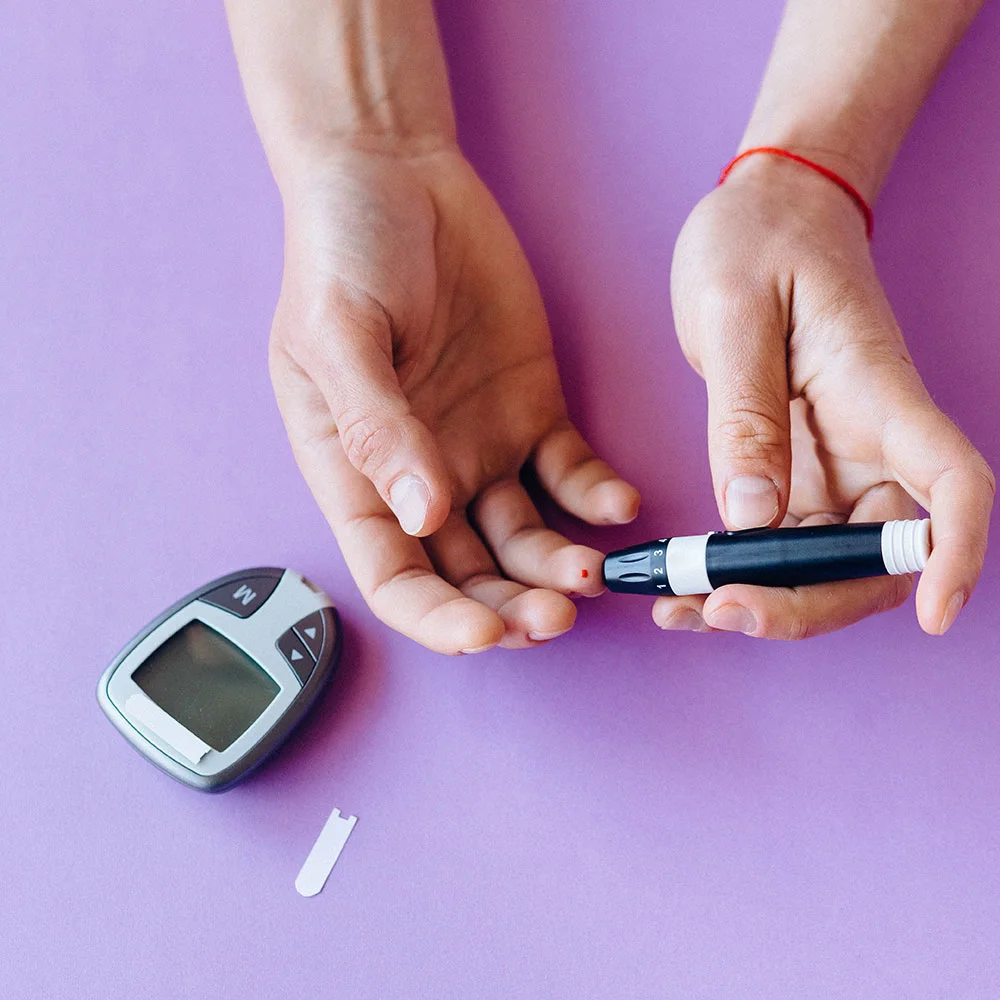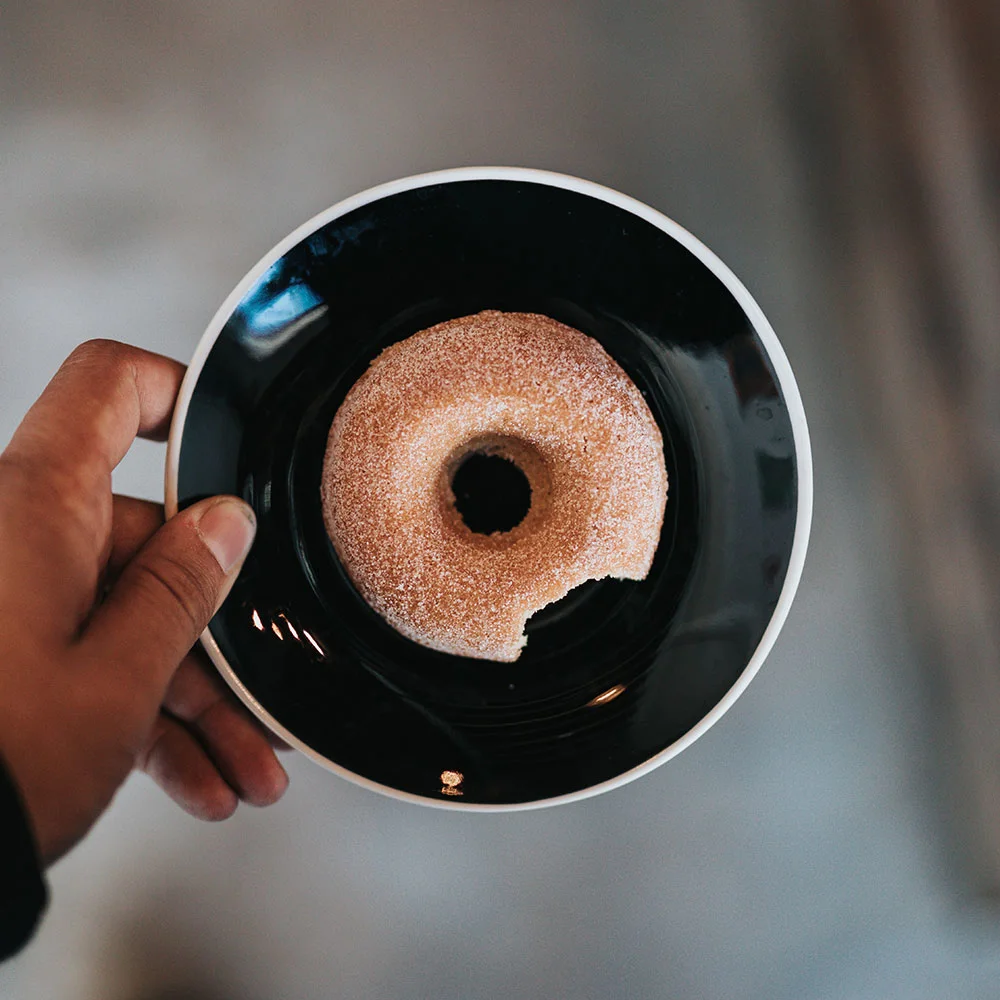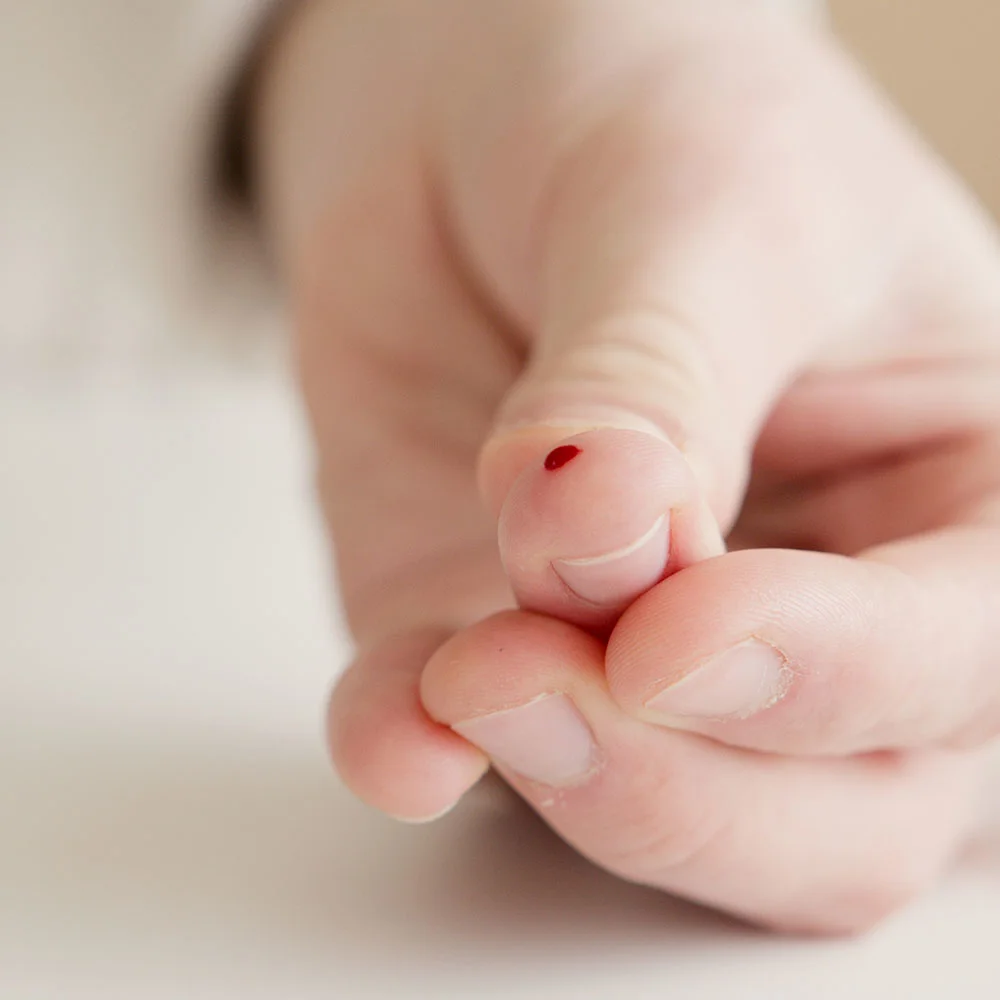Cinnamon for diabetes: can it really help with symptoms?

Reviewed by Tzvi Doron, DO,
Written by Mike Bohl, MD, MPH, ALM
last updated: Aug 03, 2019
4 min read
Here's what we'll cover
Whether you’re eating a cinnamon roll, adding cinnamon to your oatmeal, or enjoying some other culinary treat, many can agree that cinnamon is delicious! A spice that is made from the bark of one of a variety of cinnamon trees (genus Cinnamomum), cinnamon is a versatile ingredient that is present in many people’s kitchens, particularly in the United States. While there are many varieties, the two main forms of cinnamon are cassia cinnamon and Ceylon cinnamon. The former is the most common; the latter is sometimes called “true cinnamon” and has a lighter taste. If you start poking around online, you may find an intriguing claim. Not only is cinnamon great for cooking; it might also be able to help manage diabetes mellitus. Is this claim true? Well, while cinnamon does seem to have a mild impact on blood glucose levels, there are still too many unknowns about its overall effects on diabetes. As such, it’s best not to rely on it as part of your treatment. Let’s take a look at what the evidence says.
Weight loss
Get access to GLP-1 medication (if prescribed) and 1:1 support to meet your weight goals
The link between cinnamon and blood sugar levels
A study published in the journal Diabetes Care found that ingesting cinnamon every day led to a reduction of fasting serum glucose by 18-29% in people with diabetes (Khan, 2003). “Fasting serum glucose” is a fancy way of referring to your blood sugar level when you haven’t eaten or drunk anything for at least eight hours. This is important since diabetes is a disease where blood sugar levels are elevated.
Additionally, having elevated fasting blood glucose is one of the ways healthcare providers diagnose diabetes. In the study, participants were given 1g, 3g, or 6g of cinnamon to ingest daily for 40 days. To give you an idea of how much that is, one teaspoon of cinnamon is equal to approximately 2.6g. The study also found that ingesting cinnamon led to a decrease in triglycerides, LDL (“bad”) cholesterol, and total cholesterol. This research may be important because high LDL and overall cholesterol levels are risk factors for cardiovascular disease.
A 2012 study published in Nutrition and Metabolic Insights similarly found a decrease in blood sugar levels in people with diabetes following the ingestion of cinnamon (Hoehn, 2012). The study participants followed a diabetic diet, and some of them were chosen to consume 1g of cinnamon daily for nine weeks in addition to the diet. The participants who had the cinnamon in combination with following the diabetic diet had the most significant improvements in blood sugar levels.
On the other hand, a 2013 study published in the Journal of Traditional and Complementary Medicine found that there was no reduction in fasting blood sugar after supplementation with 1g of cinnamon for 60 days (Hasanzade, 2013). Additionally, the study did not see any changes in hemoglobin A1C (HbA1c), which is another blood test that can be used to diagnose and monitor diabetes. Similarly, one 2007 clinical trial published in Diabetes Care found no effects of cinnamon on people with non-insulin dependent type 2 diabetes and another clinical trial found no effect on adolescents with type 1 diabetes (Blevins, 2007; Altschuler, 2007).
When different studies provide conflicting evidence like this, sometimes it is helpful to turn to a meta-analysis. A meta-analysis is a type of review that combines the results from multiple studies. As it turns out, a meta-analysis looking at the use of cinnamon in type 2 diabetes was conducted in 2013 and published in The Annals of Family Medicine (Allen, 2013). Studies in the meta-analysis were either conducted on cassia cinnamon or did not specify what kind of cinnamon they used. Similar to the 2003 study’s conclusion, the meta-analysis found that cinnamon consumption led to decreases in fasting plasma glucose, triglycerides, LDL (“bad”) cholesterol, and total cholesterol. There was also an increase in HDL (“good”) cholesterol. However, no significant changes were seen in HbA1c levels across studies. Overall, the meta-analysis concluded that there isn’t enough information to apply these results to patients due to the disparate findings between studies as well as the lack of a clearly established dose/duration of cinnamon therapy. In line with this, the American Diabetes Association does not mention cinnamon as a recommended part of diabetes management.
How cinnamon mimics insulin
Beyond trying to determine whether cinnamon or cinnamon extract is effective in managing diabetes, researchers have also looked at exactly what cinnamon may be doing in the body. Studies reveal that cinnamon’s effects on blood sugar may be twofold. A 2001 study in the Journal of the American College of Nutrition demonstrated that, in vitro, a cinnamon-derived compound called methylhydroxychalcone (MHCP) stimulates cells to absorb and store glucose at a level comparable to insulin (Jarvill-Taylor, 2001). In other words, MHCP mimics insulin’s effects on cells. Additionally, studies in 2007 and 2009 suggest that ingestion of cinnamon improves insulin sensitivity (decreases insulin resistance), but the effects were short-term (Solomon, 2007; Solomon, 2009).
Now, you may be thinking to yourself, maybe the evidence isn’t strong enough to say cinnamon helps diabetes or prediabetes, but can it hurt? It turns out that when you take cinnamon—both on its own and with other medications—there are some things you should keep in mind.
In small or moderate amounts and when used in cooking, cinnamon is generally safe to consume. However, cassia cinnamon has high levels of a compound called coumarin, which can be dangerous to your health and can cause liver problems. The European Food Safety Authority has established that the safe amount of coumarin that can be ingested daily is 0.1mg per kilogram of body weight (Abraham, 2010). Since cassia cinnamon contains up to 1% coumarin, this roughly correlates to 0.6g of cassia cinnamon—about one-quarter of a teaspoon—per day (Blahová, 2012). Ceylon cinnamon, on the other hand, only contains approximately 0.004% coumarin, so more can be eaten safely.
Interactions with other medicine
Additionally, cinnamon may interact with certain medications. Because of the coumarin content, you should use caution when taking cassia cinnamon with other medications that can harm the liver. This includes acetaminophen (Tylenol) and cholesterol-lowering medications known as statins. Additionally, since cinnamon may lower blood sugar, it should be used with caution alongside other diabetes medications. If you are thinking about taking cinnamon supplements, talk to your healthcare provider for a full list of medications that may have an interaction.
But let’s return to the question at hand, whether cinnamon should be used to treat diabetes or not. In short, there currently is not enough evidence to recommend that anybody use cinnamon to control their blood sugar. Instead, staying compliant with your diabetes medications, regularly seeing your doctor, and engaging in weight loss, diet, and exercise are still the best ways to control diabetes.
DISCLAIMER
If you have any medical questions or concerns, please talk to your healthcare provider. The articles on Health Guide are underpinned by peer-reviewed research and information drawn from medical societies and governmental agencies. However, they are not a substitute for professional medical advice, diagnosis, or treatment.
Abraham, K., Wöhrlin, F., Lindtner, O., Heinemeyer, G., & Lampen, A. (2010). Toxicology and risk assessment of coumarin: Focus on human data. Molecular Nutrition & Food Research , 54 (2), 228–239. doi: 10.1002/mnfr.200900281. Retrieved from https://www.ncbi.nlm.nih.gov/pubmed/20024932
Allen, R. W., Schwartzman, E., Baker, W. L., Coleman, C. I., & Phung, O. J. (2013). Cinnamon Use in Type 2 Diabetes: An Updated Systematic Review and Meta-Analysis. The Annals of Family Medicine , 11 (5), 452–459. doi: 10.1370/afm.1517. Retrieved from https://www.ncbi.nlm.nih.gov/pubmed/24019277
Altschuler, J. A., Casella, S. J., Mackenzie, T. A., & Curtis, K. M. (2007). The Effect of Cinnamon on A1C Among Adolescents With Type 1 Diabetes. Diabetes Care , 30 (4), 813–816. doi: 10.2337/dc06-1871. Retrieved from https://diabetesjournals.org/care/article/30/4/813/25739/The-Effect-of-Cinnamon-on-A1C-Among-Adolescents
Blahová, J., & Svobodová, Z. (2012). Assessment of Coumarin Levels in Ground Cinnamon Available in the Czech Retail Market. The Scientific World Journal , 2012 , 1–4. doi: 10.1100/2012/263851. Retrieved from https://www.ncbi.nlm.nih.gov/pubmed/22761548
Blevins, S. M., Leyva, M. J., Brown, J., Wright, J., Scofield, R. H., & Aston, C. E. (2007). Effect of Cinnamon on Glucose and Lipid Levels in Non Insulin-Dependent Type 2 Diabetes. Diabetes Care , 30 (9), 2236–2237. doi: 10.2337/dc07-0098. Retrieved from https://www.ncbi.nlm.nih.gov/pubmed/17563345
Hasanzade, F., Toliat, M., Emami, S. A., & Emamimoghaadam, Z. (2013). The Effect of Cinnamon on Glucose of Type II Diabetes Patients. Journal of Traditional and Complementary Medicine , 3 (3), 171–174. doi: 10.4103/2225-4110.114900. Retrieved from https://www.ncbi.nlm.nih.gov/pubmed/24716174
Hoehn, A. N., & Stockert, A. L. (2012). The Effects of Cinnamomum Cassia on Blood Glucose Values are Greater than those of Dietary Changes Alone. Nutrition and Metabolic Insights , 5 . doi: 10.4137/nmi.s10498. Retrieved from https://www.ncbi.nlm.nih.gov/pmc/articles/PMC3698471/
Jarvill-Taylor, K. J., Anderson, R. A., & Graves, D. J. (2001). A Hydroxychalcone Derived from Cinnamon Functions as a Mimetic for Insulin in 3T3-L1 Adipocytes. Journal of the American College of Nutrition , 20 (4), 327–336. doi: 10.1080/07315724.2001.10719053. Retrieved from https://www.ncbi.nlm.nih.gov/pubmed/11506060
Khan, A., Safdar, M., Khan, M. M. A., Khattak, K. N., & Anderson, R. A. (2003). Cinnamon Improves Glucose and Lipids of People With Type 2 Diabetes. Diabetes Care , 26 (12), 3215–3218. doi: 10.2337/diacare.26.12.3215. Retrieved from https://www.ncbi.nlm.nih.gov/pubmed/14633804
Solomon, T. P. J., & Blannin, A. K. (2007). Effects of short-term cinnamon ingestion on in vivo glucose tolerance. Diabetes, Obesity and Metabolism , 9 (6), 895–901. doi: 10.1111/j.1463-1326.2006.00694.x. Retrieved from https://dom-pubs.onlinelibrary.wiley.com/doi/abs/10.1111/j.1463-1326.2006.00694.x
Solomon, T. P. J., & Blannin, A. K. (2009). Changes in glucose tolerance and insulin sensitivity following 2 weeks of daily cinnamon ingestion in healthy humans. European Journal of Applied Physiology , 105 (6), 969–976. doi: 10.1007/s00421-009-0986-9. Retrieved from https://www.ncbi.nlm.nih.gov/pubmed/19159947
